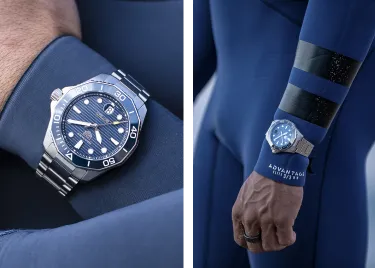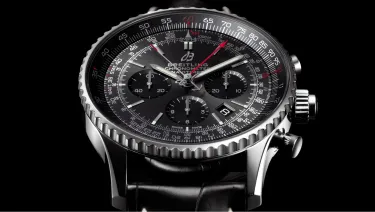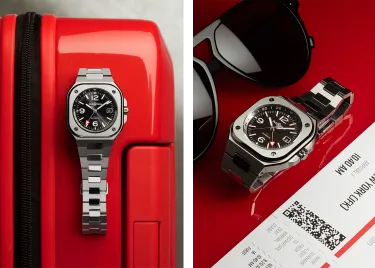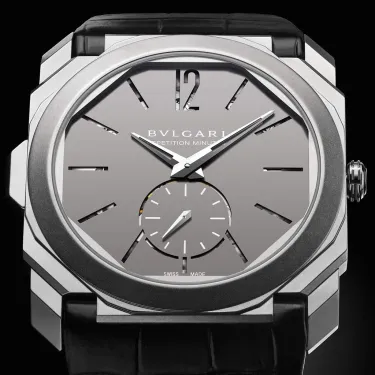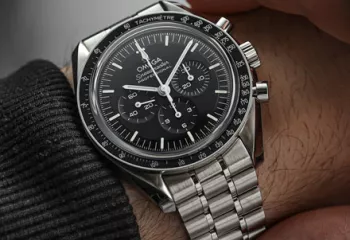Guide
Key words to understand everything about Fine Watchmaking Part 1
Do you think of the flying tourbillon as a weather phenomenon, the anchor as a boat accessory, and the escapement as a pipe in the back of your car? Watchdreamer explains it all to you!
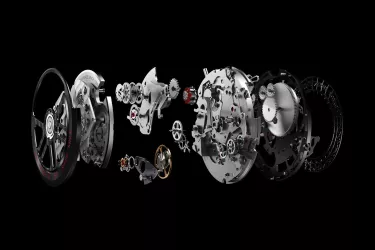
Every technical profession has its technical terms. Watchmaking is no exception. The fact that it is also an art, with its many associated trades, does not simplify the terminology. Add to this the conversations between insiders, certain brand communications that are not always explicit, and the gap quickly becomes unbridgeable. Here are the keys!
Chronograph, chronometer: what is the difference?
A chronometer is a device designed to measure time, the accuracy of which has been certified by an independent organisation called the Contrôle Officiel Suisse de Chronomètres (COSC). A chronograph performs exactly the same measurement, but is not certified by the COSC. So both are the same complication, but the former officially guarantees a certain level of accuracy, the latter does not.
Need glasses?
The bezel is the upper part of the watch to which its glass is usually attached. It can be rotatable, in one direction and/or the other. Depending on the case, it is called a uni or bidirectional bezel.
Did you say "rattrapante"?
The split-seconds chronograph has two centrally rotating stopwatch hands mounted one above the other. When the watch is stopped, at noon, only one of them is visible.
When the chronograph is activated, the two hands start at the same time and therefore remain superimposed.
When the split-seconds pusher is pressed for the first time, only one of these two hands stops, the so-called split-seconds hand. The other hand, the chronograph hand, continues its course. It is thus possible to measure a first defined, complete time, while the chronograph hand, which has not stopped, continues to measure a second period of time.
Pressing the push-button again instantly releases the split-seconds hand, which then 'catches up' with the chronograph hand and is superimposed on it again.
A third press allows the operation to be repeated: the split-seconds hand is stopped while the chronograph hand continues its journey, and so on.
The split-seconds chronograph thus makes it possible to measure several successive times beginning at the same moment but ending at different instants.
The GMT... which no longer exists
GMT is the acronym of Greenwich Mean Time. It corresponds to solar time at the meridian of the Greenwich observatory, located in England. The aim is to standardize a world time reference point and therefore, incidentally, the declination of relative times referring to it (GMT+1, GMT+2, etc.). This gave rise to the principle of time zones, which divide the globe into 24 time zones.
In watchmaking, this widely used designation GMT corresponds to the ability of a watch to indicate the time in a time zone other than the one in which it is located at the same time.
However, the notion of GMT no longer has any real legal existence. It has been replaced since 1972 by UT, Universal Time.
Automatic or manual winding
In its simplest definition, a self-winding watch is a watch that does not require any external intervention: once manually wound, it is recharged by the movement of the forearm alone, thanks to the rotor that can sometimes be seen on the back side and which, as it turns, supplies kinetic energy to the movement. In this sense, it is the opposite of a hand-wound watch, which must be wound regularly by its owner in order to function.
The minute repeater
The ability of timepieces to transcribe the position of the hands audibly. This is called a 'repeater' because the alarm simply 'repeats' what it 'reads' on the watch face, with an accuracy to the 'minute'. The hours are sounded by one tone, the quarters by another, the minutes by a third and different tone.

